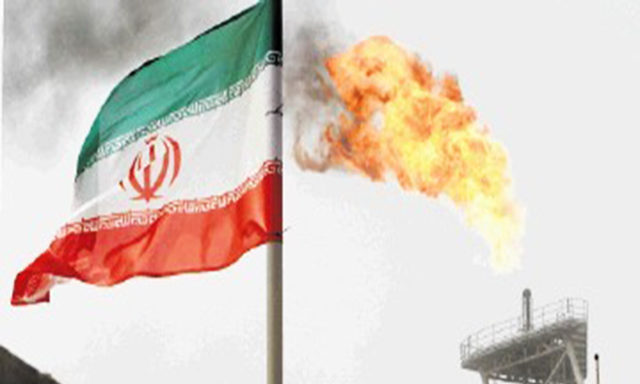
None of the 13 members of OPEC want the oil price to continue at its current level for longer than is necessary. For some OPEC members, the situation is becoming critical. Even Saudi Arabia, whose lifting costs are well below the current price, is running a budget deficit and taking action to reduce the rate at which it is using up its foreign currency reserves.
The Iranian President said recently that the pressure on oil producing nations means the oil supply/demand balance will be restored in the short term. The question is how long is the short term?
The next scheduled OPEC meeting is on 2 June. OPEC members Venezuela, Nigeria and Algeria are calling for an emergency meeting to agree production cuts and several other OPEC members have expressed their support.
Russia, the largest non-OPEC producer, has signalled a new willingness to co-operate with OPEC. However, the largest OPEC producer, Saudi Arabia, is resisting calls for a cut and the base line for negotiating Iran’s quota is unclear.
In deciding whether to strike a deal before 2 June, Saudi Arabia will consider two questions, one economic and one political.
The economic question is whether capital expenditure reductions have made a sufficient non-OPEC contribution to reducing supply over the medium term, particularly in the context of weakened global demand, not least from China.
Wood Mackenzie recently said that the 68 largest projects put on hold will result in 2.9 million barrels a day of liquids being deferred until early in the next decade. Add to that the deferral of smaller projects and the accelerated decline from existing fields due to lack of investment and there is a strong economic case for OPEC to cut now, even if the shale industry has proved to be more resilient than at first assumed and the effect of capital cuts has still to be fully felt in production numbers.
The political question is whether the financial pressure on the other OPEC members, and non-OPEC Russia, means that the timing is right for a deal.
The countries with greater cash reserves can play a longer game in the production quota negotiations and will also want to be confident that members will adhere to the deal reached. But deferring agreement comes at a price.
The political considerations would have favoured a cut before 2 June had it not been for the uncertainty surrounding the rate at which Iran can increase production following the lifting of sanctions.
It may be difficult for a deal to be struck in relation to Iran’s quota until its base line production can be established by reference to actual deliveries in the first quarter of 2016. If so, it is likely that a deal will be not be done until the 2 June meeting.
Bruce McLeod, Partner, Burness Paull LLP